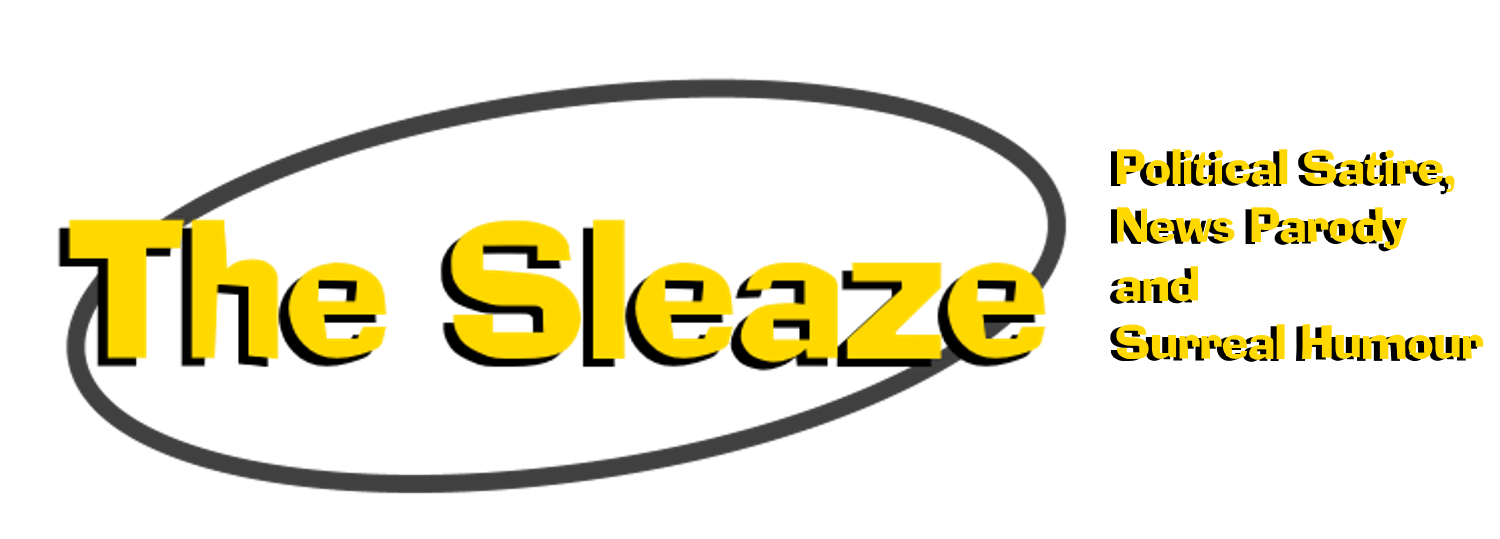DIRECTOR: JAKE WANGER. RUNNING TIME: 92 mins. DVD: GLORY HOLE VIDEO. PRICE: £7.99. CERT: 18.
Hippies – just a bunch of harmless, long haired peaceniks who spend their time getting high and having sex, often both at the same time, right? The worst you could say about them was that they never washed. Or so most counter culture movies from the sixties would have you believe. Indeed, more often than not, they were cast as the distinctly non-threatening comic relief, with their granny glasses and droopy moustaches. But there is one movie that dared to be different in its depiction of hippies: 1971s The Hippie Quake. Director Jake Wanger’s film stands out with its condemnation the supposedly peaceful hippy movement, not as a bunch of deadbeat dropouts, but as a bunch of narrow minded arrogant fascists.
In the film, liberal American scientist Dylan Kirk (John Saxon) is involved in a time travel experiment that takes him from what he thinks are the harmless days of the hippies, to a dystopian future of 2000 (why was it always 2000 in the 1970s? Still, its depiction of the magical millennium is slightly better than the ‘spot on’ view of 1980 presented by Gerry Anderson’s UFO a year previously). This future is one where the peace movement has become ascendant across the world, not as a result of rational argument or peaceful protest, but rather by force. That’s right, in this nightmarish future according to Wanger, the hippies, frustrated by the resistance to their creed, have decided to force their whole ideal onto people. Faced with pro-war demonstrators complaining at job losses as arms factories are shut down and armies disbanded, hippie US President Hank ‘Toke’ Rainbow (Dennis Hopper) has been forced to take time off from legalising drugs and gang banging hot hippie chicks in the Oval Office to deploy his psychedelically painted tanks against the crowds.
Actually, these are the best scenes in the film, as the President’s long haired and wildly moustachioued hippie army, wearing helmets and combat gear, toting M16s, face down baying mobs of red necks. Of course, having successfully used the military machine against these ‘reactionaries’, President Rainbow becomes emboldened to use similar methods to push forward the rest of his hippie agenda. Consequently, he decides to use extreme measures to enforce his conservation policies. Cue montages of polluting industrialists being put against walls and shot by hippie soldiers and smoke belching factories destroyed by tanks. Next, Wall Street is placed under martial law and dealers declared looters who can be shot in sight as Rainbow makes his war on ‘evil capitalism’ literal. Cue montages of hippie tanks blasting open banks and soldiers ‘redistributing’ the money inside to tramps, pimps, prostitutes, lesbians, the Black Panthers and everyone under the age of twenty five. Wanger presents a scenario designed to chill the blood of Daily Mail readers, with cops forcing ‘squares’ to take drugs and rounding up anyone wearing a suit, before shipping them off to ‘correctional facilities’, where they are forced to grow their hair long, listen to sitar music and eat lentils. Finally, Rainbow decides to launch a ‘war for peace’, threatening countries that refuse to disarm with nuclear strikes.
The idea of ‘scratch a hippie and you’ll find a fascist’ isn’t unique in seventies cinema, of course. Arguably, you can find it echoed in John Boorman’s Zardoz , where we find a very middle class decadent hippy society controlling the masses. Whilst Zardoz is pretentious and obscure, principally remembered now as the film where Sean Connery wears a nappy, The Hippie Quake is a lot more in your face, with San Francisco being made into a kind of Mecca and people being re-educated in ways that echo the Chinese Revolution. Dylan Kirk, of course, is a figure of resistance, with his liberal stance coupled with a sense of duty and broad mindedness – a relic of a more hopeful age in Wanger’s world view.
Little seen over the years and a little bit dated now, there is still much to find in this film, with overtones of HG Wells’ Time Machine, and more than a nod to Philip K Dick, this is a timely video release. Dick, it is said, rather liked the film, although on one occasion he attacked the director, claiming that the whole film was one of his own acid induced nightmares that had been stolen by the CIA via remote viewing. Things were smoothed over by the creative team admitting that they were so drugged up at the time they made it, they were all probably in the same alternate universe as Dick- who agreed that that was probably the case. Ironically, though, the film’s depiction of war mongers as oppressed and misunderstood, just wanting to secure jobs in the munitions industry and allow a healthy outlet for all that natural male aggression via a few wars, seems as strange and muddled as the hippie ideals it seeks to satirise.









